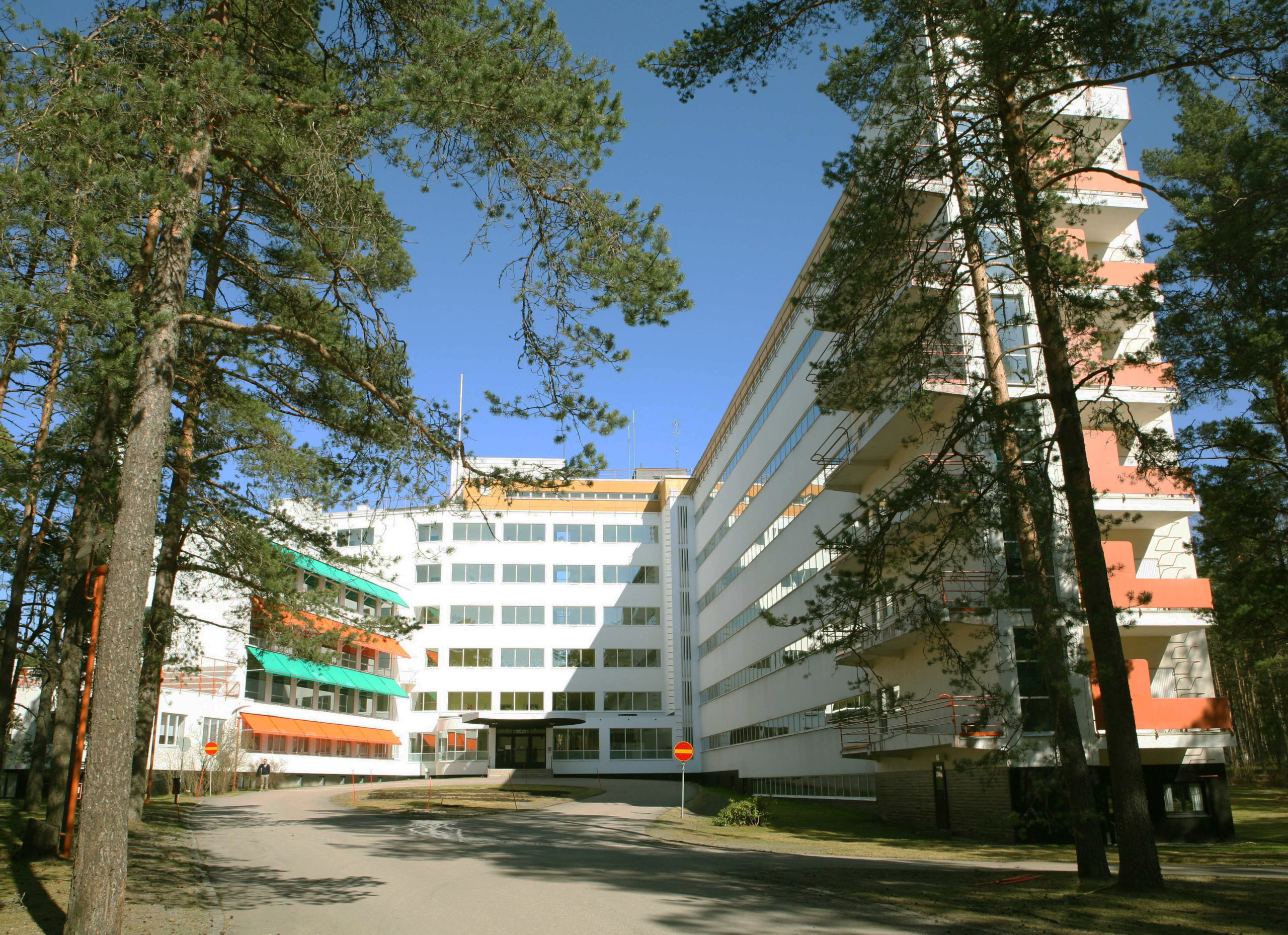
Nestled in the woods in southwestern Finland is the Alvar Aalto-designed Paimio Sanatorium. Built in 1933, it was originally designed as a response to the tuberculosis crisis that unfolded in the early 20th century.
In lieu of a cure, the health protocol for the diseased consisted of supporting their respiratory and immune systems with fresh air, calm and nature.
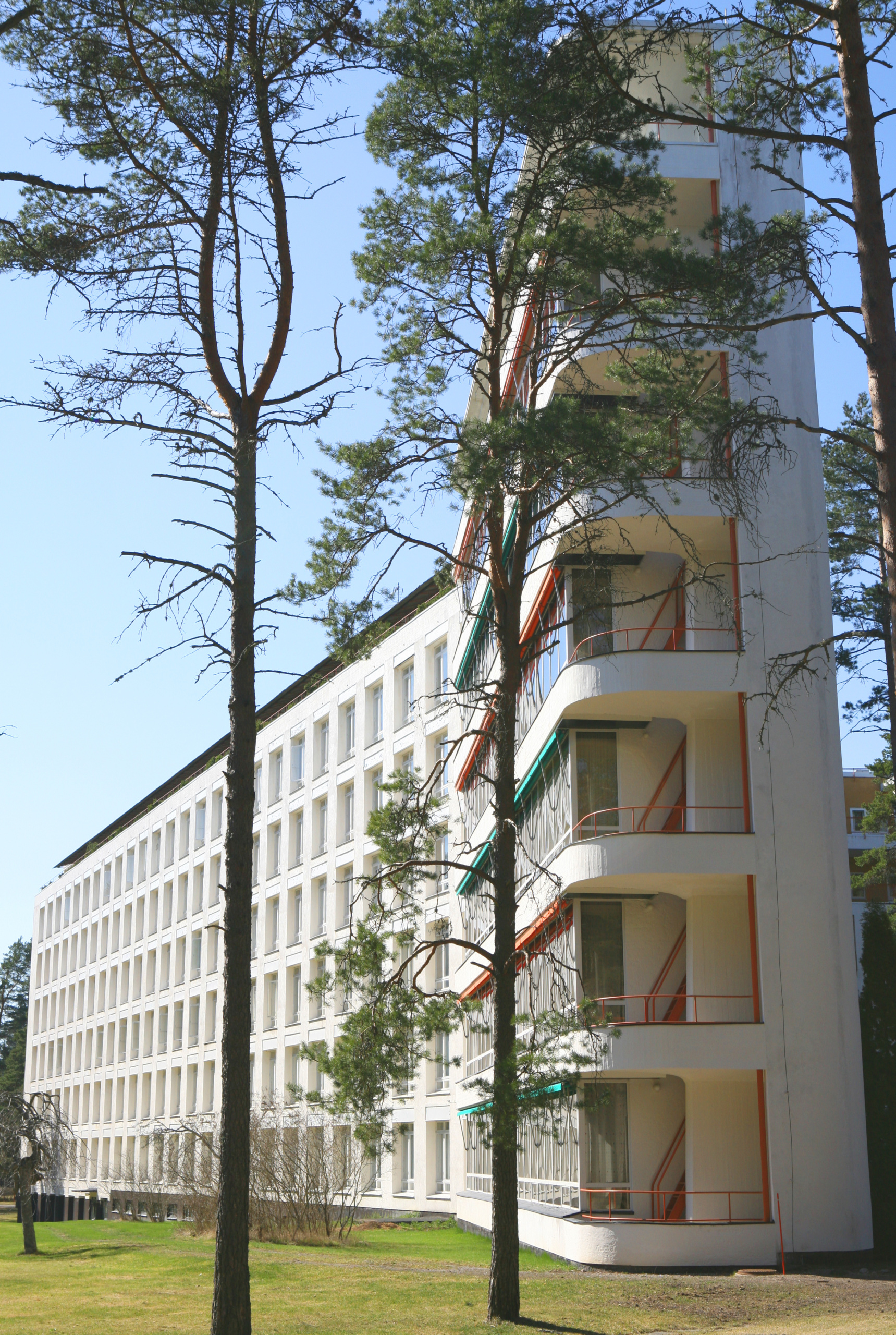
In addition to being in a peaceful and remote location, Aalto’s design reflected the health protocol with architectural integrity: there are indoor/outdoor solariums, a sun-splashed double-height cafeteria, calming yellow and blue tones as an alternative to sterile white, windowed rooms connecting to the landscape, no splash sinks and non-glare lighting. Each architectural decision meant to ease and comfort.
What we learn from the past inspires our present and informs our future. As Aalto so aptly stated, “Building art is a synthesis of life in materialized form.”
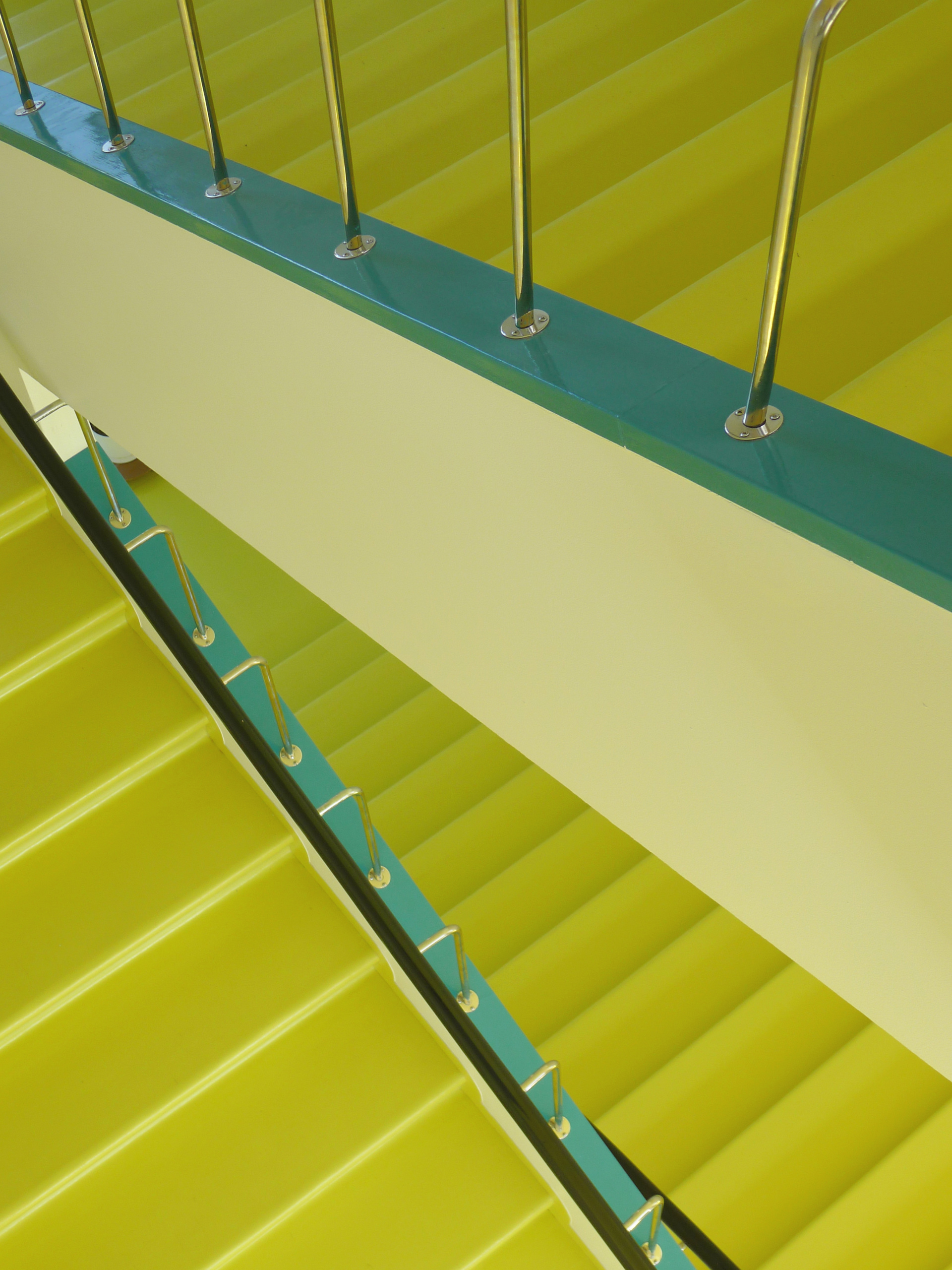

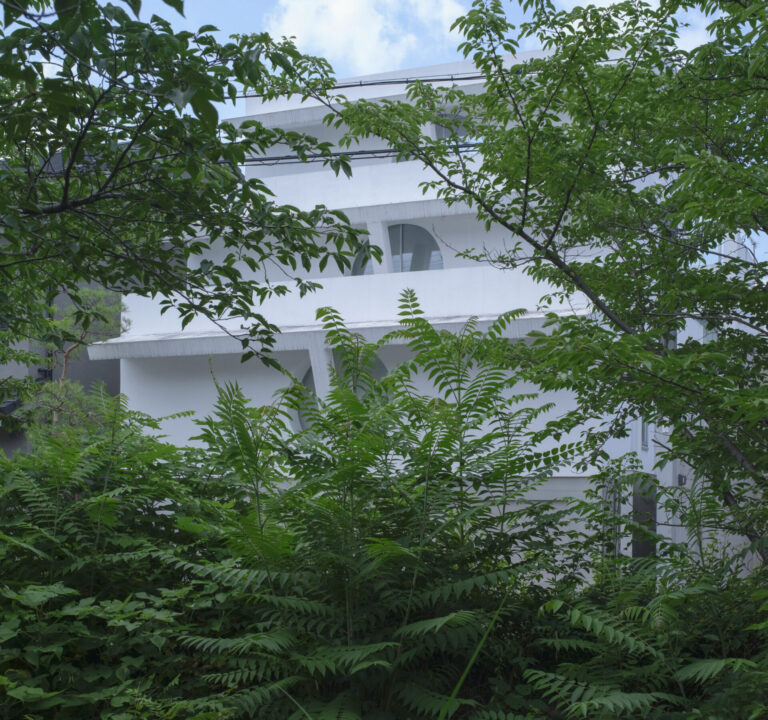
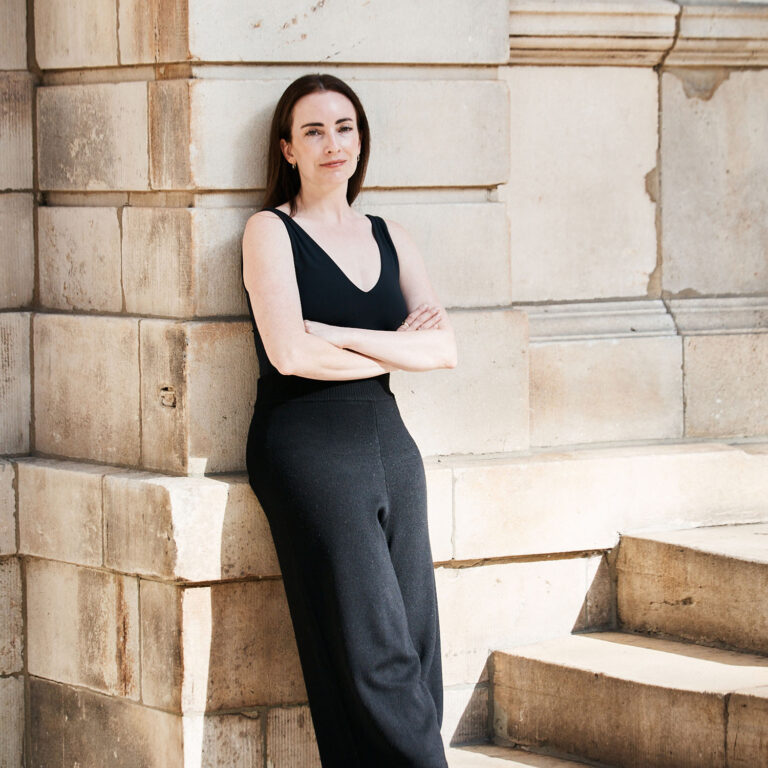

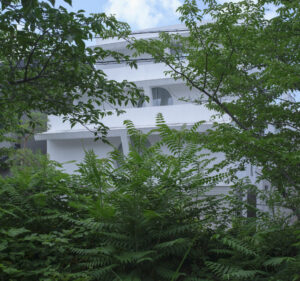
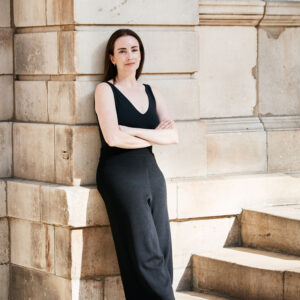




 in your life?
in your life?

